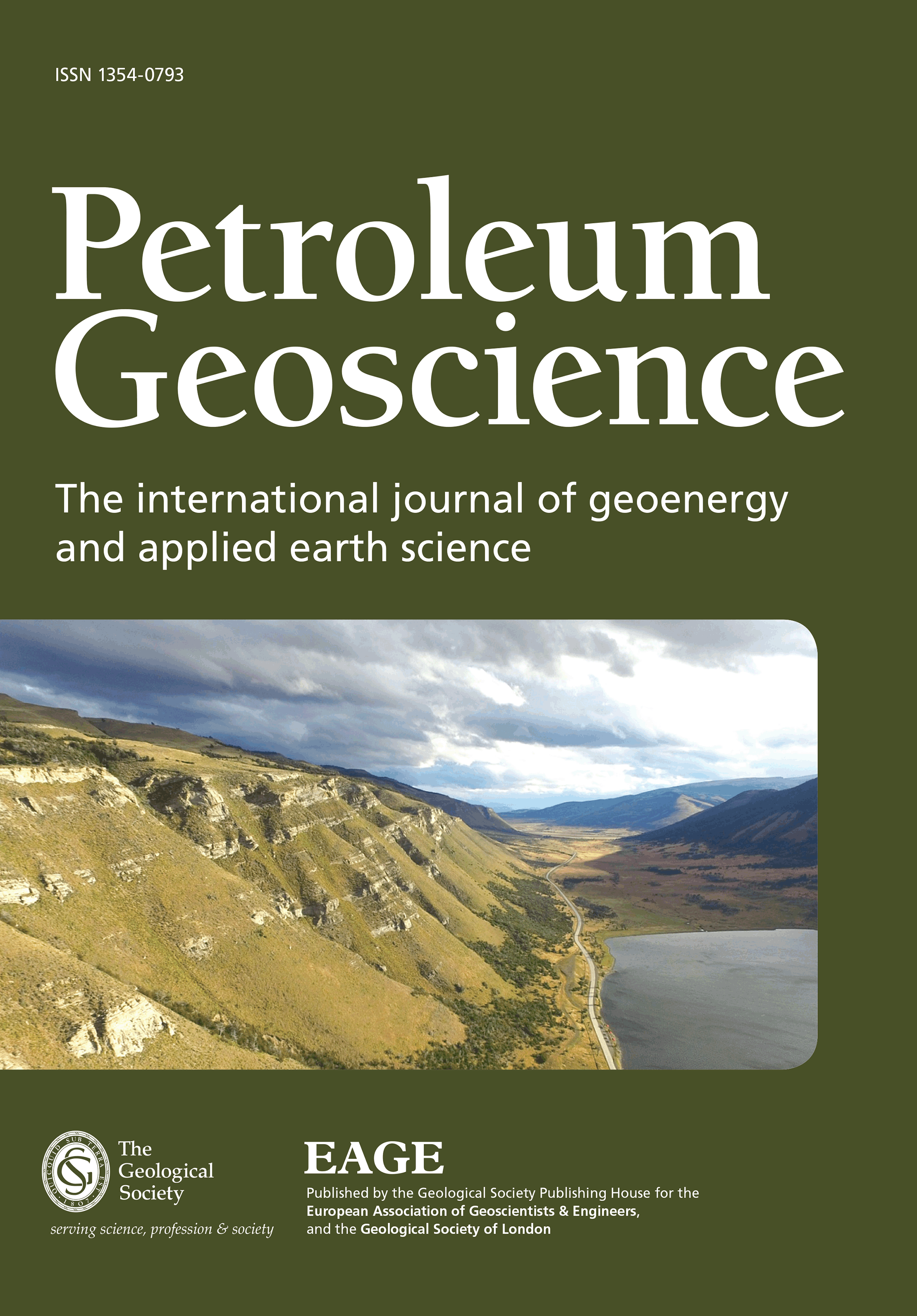
Full text loading...
Historically, the continental Triassic successions of the Central North Sea have proven difficult to correlate, in part due to the poor palynomorph recovery associated with these sedimentary rocks. The existing framework for correlation is lithostratigraphic and, whilst this has proven effective in United Kingdom Continental Shelf (UKCS) Quad 30 where the mudstone members are well defined, elsewhere in the basin it is more problematic with confident identification of stratigraphic units becoming more difficult. Samples from 32 wells within UKCS Quads 22, 29 and 30, and Norwegian Quads 7, 15 and 16 underwent palynological analysis in which a processing method was utilized that was designed to concentrate palynomorph recovery from Triassic strata.
The results of this analysis allowed the proposal of a new zonal scheme consisting of eight biozones. These biozones can then be used to correlate the Triassic successions of the Central North Sea (CNS), helping to provide both clarity and age constraint on previously disputed stratigraphic units, particularly the J-members of the Skagerrak Formation. Within the correlation framework outlined here, the Julius Mudstone Member is shown to be a productive horizon for palynomorph recovery, representing a widespread swamp environment. Here, its lateral extent is defined which is an important consideration when correlating the Triassic stratigraphy of the CNS given that this member can compartmentalize potential reservoirs contained within these successions. The stratigraphic palynology outlined here also allows clarity on the J-member equivalence of some of the informal units previously described within Triassic successions of the CNS, including the Marnock Shale and Heron Shale.

Article metrics loading...

Full text loading...
References


Data & Media loading...

